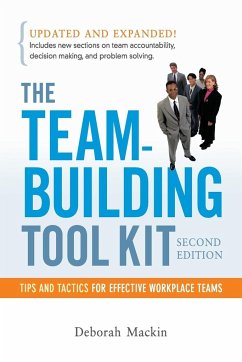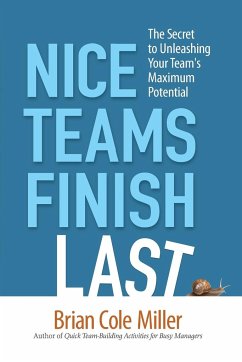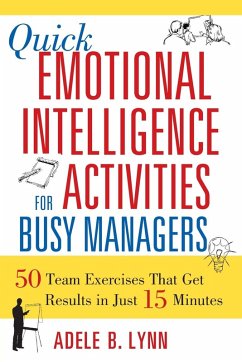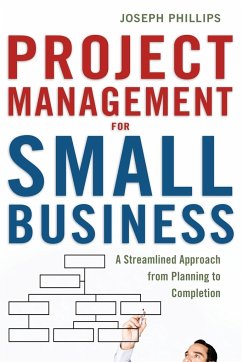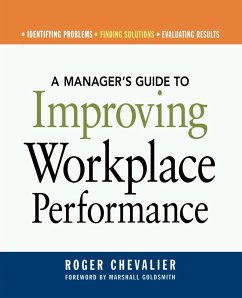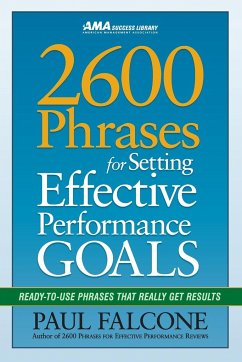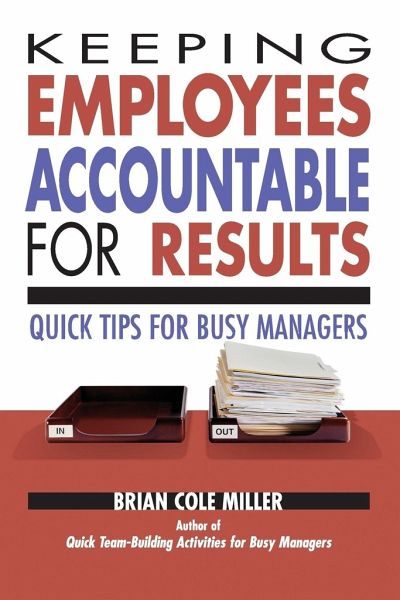
A Keeping Employees Accountable for Results
Quick Tips for Busy Managers
Versandkostenfrei!
Versandfertig in 1-2 Wochen
18,99 €
inkl. MwSt.

PAYBACK Punkte
9 °P sammeln!
This useful resource gives time-pressed managers the proven, practical information they need to help their people accomplish more.All managers want to hold their employees accountable for results, but few know how. Moving far beyond the typical annual performance review, Keeping Employees Accountable for Results provides simple ways to build teams by engaging participants in learning about themselves and their team players.The book gives busy managers quick, step-by-step advice on:Setting expectationsMonitoring progressGiving feedbackFollowing throughLight on theory and heavy on practical appl...
This useful resource gives time-pressed managers the proven, practical information they need to help their people accomplish more.
All managers want to hold their employees accountable for results, but few know how. Moving far beyond the typical annual performance review, Keeping Employees Accountable for Results provides simple ways to build teams by engaging participants in learning about themselves and their team players.
The book gives busy managers quick, step-by-step advice on:
Setting expectationsMonitoring progressGiving feedbackFollowing through
Light on theory and heavy on practical application, Keeping Employees Accountable for Results contains checklists, templates, techniques, and other tools to manage performance on an ongoing basis.
All managers want to hold their employees accountable for results, but few know how. Moving far beyond the typical annual performance review, Keeping Employees Accountable for Results provides simple ways to build teams by engaging participants in learning about themselves and their team players.
The book gives busy managers quick, step-by-step advice on:
Setting expectationsMonitoring progressGiving feedbackFollowing through
Light on theory and heavy on practical application, Keeping Employees Accountable for Results contains checklists, templates, techniques, and other tools to manage performance on an ongoing basis.





